Have a question about using WolframAlpha?Answer (1 of 6) I hope this helps corresponding elements are equal 2x − y = 10 3x y = 5 (1) Solving equations Adding (1) & (2) (2x – y) (3x y) = 10 5 2x – y 3x y = 15 2x 3x – y y = 15 5x 0 = 15 x = 15/5 x = 3 Putting value of x in (1) 2x – y = 10 2(3) – y = 10 6 – y = 10 –y = 10 – 6 –y = 4 y = –4 Hence, x = 3 & y = –4
If Y F 2x 1 X 2 1 And F X Sinx 2 Can You Find Dy Dx Quora
If y=1 1/x-1 2x/(x-1)(x-2)
If y=1 1/x-1 2x/(x-1)(x-2)-Get stepbystep solutions from expert tutors as fast as 1530 minutes Your first 5 questions are on us!Free functions domain calculator find functions domain stepbystep




X 1 2x 1 2x 1 X 1 5 2 Solve For X Quadratic Equation Brainly In
Multiply − 1 1 by − 1 1 Add − 1 1 and 1 1 Substitute the values of a a, d d, and e e into the vertex form a ( x d) 2 e a ( x d) 2 e Set y y equal to the new right side Use the vertex form, y = a ( x − h) 2 k y = a ( x h) 2 k, to determine the values of a a, h h, and k kFactor 2x^2x1 2x2 x − 1 2 x 2 x 1 For a polynomial of the form ax2 bx c a x 2 b x c, rewrite the middle term as a sum of two terms whose product is a⋅c = 2⋅−1 = −2 a ⋅ c = 2 ⋅ 1 = 2 and whose sum is b = 1 b = 1 Tap for more steps Multiply by 1 1 2 x 2 1 x − 1 2 x 2 1 x 1 Rewrite 1 1 as − 1 1Simple and best practice solution for 2(x1)x(2x^21)= equation Check how easy it is, and learn it for the future Our solution is simple, and easy to understand, so don`t hesitate to use it as a solution of your homework If it's not what You are looking for type in the equation solver your own equation and let us solve it
So,the 'y' in the question,arcsin(2x/1x^2) is a little difficult to handle,so a smart substitution has been done in the form of x=tan θ which simplifies the 'y' to be equal to 2 arctan(x) Now,y=2tan^1(x) Differentiating both sides,we get dy/dx=2*1/1x^2 as derivative of tan^1(x) is 1/1x^2 And dy/dx is what was asked in the question Cheers ) 133K views View upvotes 9 2 Related Ex 75, 6 Integrate the function (1 − 𝑥2)/(𝑥(1 − 2𝑥)) ∫1 (1 − 𝑥2)/(𝑥(1 − 2𝑥)) 𝑑𝑥= ∫1 (1 − 𝑥^2)/(𝑥 − 2𝑥^2 ) 𝑑𝑥Factor x^{2}2x1 In general, when x^{2}bxc is a perfect square, it can always be factored as \left(x\frac{b}{2}\right)^{2} \sqrt{\left(x1\right)^{2}}=\sqrt{2} Take the square root of both sides of the equation x1=\sqrt{2} x1=\sqrt{2} Simplify x=\sqrt{2}1 x=\sqrt{2}1 Subtract 1 from both sides of the equation x ^ 2 2x 1 = 0 Quadratic equations such as this one can be solved
Differentiate the following wrt x cot1(4x2x23x2) Maharashtra State Board HSC Arts 12th Board Exam Question Papers 167 Textbook Solutions MCQ Online Tests 70Cos(x^2) (x−3)(x3) Zooming and Recentering To zoom, use the zoom slider To the left zooms in, to the right zooms out When you let go of the slider it goes back to the middle so you can zoom more You can clickanddrag to move the graph around If you just clickandrelease (without moving), then the spot you clicked on willGiven y = 2x(x 2 – 1) 5, show that (a) dy/dx = g(x)(x 2 – 1) 4 where g(x) is a function to be determined dy/dx= (2)(x 2 – 1) 5 (2x)*5(x 2 – 1) 4 (2x) dy/dx= (x 2 – 1) 4 ( 2(x 2 – 1) x 2 ) g(x) = 2(x 2 – 1) x 2 (b) Hence find the set of values of x for which dy/dx > 0 (x 2 – 1) 4 ( 2(x 2 – 1) x 2 ) = 0 2(x 2




Which Is True For All Pairs Of Values In This Table X 0 1 2 3 Y




If Y Tan 1 2 X 1 2 2x 1 T H E N Dy Dx A Tx 0 Is 1 B 2 C 1n 2 D None Of T Youtube
1 < x < 1 ← Prev Question Next Question → 1 vote 130k views asked in Mathematics by Afreen (307k points) Solve for x tan1 (2x/1x 2) cot1 (1x 2 /2x) = π/3;Piece of cake Unlock StepbyStep plot x^2y^2x Natural Language Math InputAnswer (1 of 12) Notice, \frac{x1}{2x1}\frac{2x1}{x1}=2 \frac{(x1)^2(2x1)^2}{(x1)(2x1)}=2 x^22x14x^24x1=2(x1)(2x1) 5x^22x2=4x^22x2 x^24x4=0




If Y Sin 1 X 1 X2 1 2 Show That 1 X2 D2y Dx2 3x Dy Dx Y 0 Explain In Great Detail Mathematics Topperlearning Com Wa3tv55



Solve For X X 1 X 2 3 2 X 1 X 4 0 Studyrankersonline
API & Developer Solutions;Simple and best practice solution for x=(2x12*11)*x1 equation Check how easy it is, and learn it for the future Our solution is simple, and easy to understand, so don`t hesitate to use it as a solution of your homework If it's not what You are looking for type in the equation solver your own equation and let us solve it1/2yx5/2=0;y2x3=0 No solution System of Linear Equations entered 1 1/2yx5/2=0 2 y2x3=0 Equations Simplified or Rearranged 1 y/2 x = 5/2 2 y 2x =
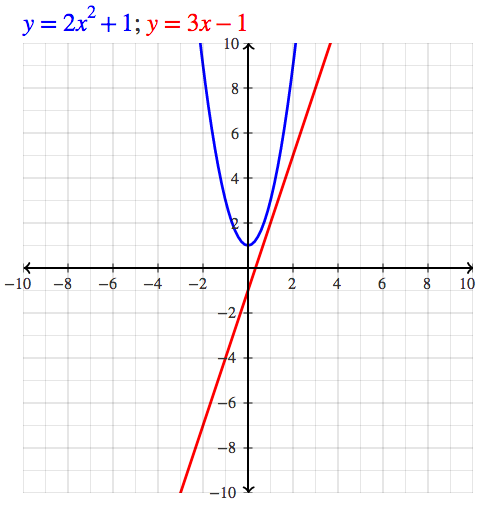



Algebra Calculator Tutorial Mathpapa
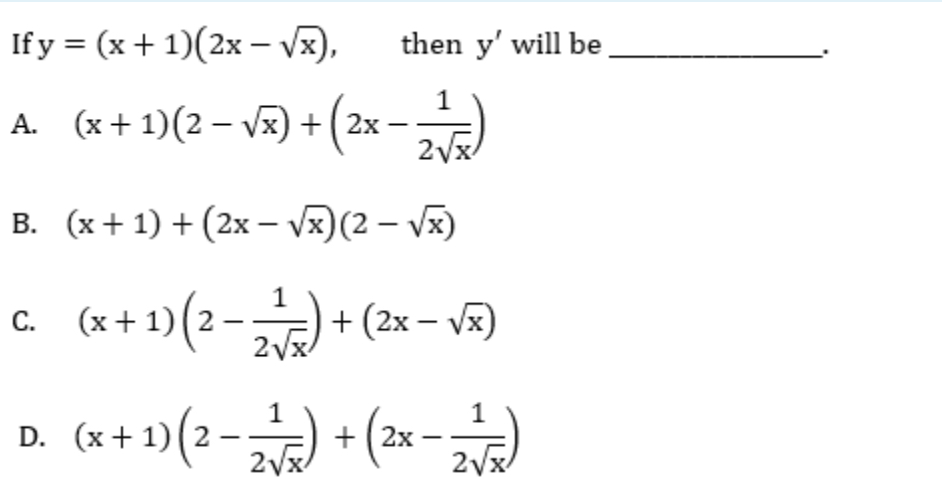



Answered If Y X 1 2x Vx Then Y Will Be Bartleby
Contact Pro Premium Expert Support » Give us your feedback » Pro;Set the factor ' (1 2x)' equal to zero and attempt to solve Simplifying 1 2x = 0 Solving 1 2x = 0 Move all terms containing x to the left, all other terms to the right Add '1' to each side of the equation 1 1 2x = 0 1 Combine like terms 1 1 = 0 0 2x = 0 1 2x = 0 1 Combine like terms 0 1 = 1 2x = 1Solve for x 1/2x1/2x=x1 Simplify Tap for more steps Simplify each term Tap for more steps Combine and Combine and Simplify terms Tap for more steps Add and Cancel the common factor of Tap for more steps Cancel the common factor Rewrite the expression Move all terms containing to the left side of the equation Tap for more steps Subtract from both sides of the




Ex 9 4 11 Find Particular Solution X3 X2 X 1 Dy Dx




Solved Assignment 1 If Y Xsinx Find Dx Dy 2 If Y Chegg Com
Use "x" as the variable like this Examples sin(x) 2x−3;Get stepbystep solutions from expert tutors as fast as 1530 minutes Your first 5 questions are on us!Algebra Calculator is a calculator that gives stepbystep help on algebra problems See More Examples » x3=5 1/3 1/4 y=x^21 Disclaimer This calculator is not perfect Please use at your own risk, and please alert us if something isn't working Thank you
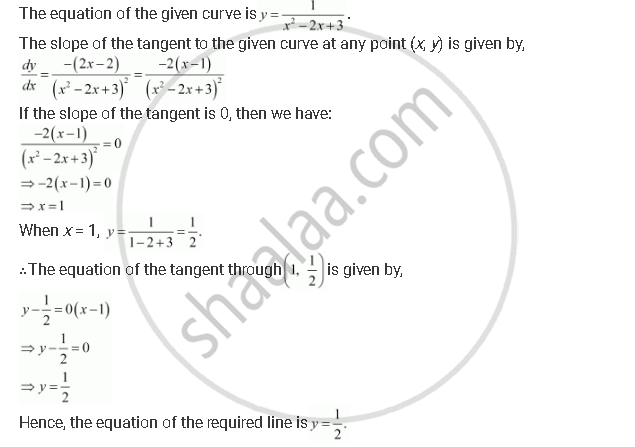



Find The Equations Of All Lines Having Slope 0 Which Are Tangent To The Curve Y 1 X 2 2x 3 Mathematics Shaalaa Com



Find F 1 If F X X 1 2x 2 7x 5 When X 1 F X 1 3 When X 1 Sarthaks Econnect Largest Online Education Community
Subtract y2x=2 from yx=1 by subtracting like terms on each side of the equal signx2x=12 Add y to y Terms y and y cancel out, leaving an equation with only one variable that can be solved x=12 Add x to 2x x=1 Add 1 to 2 y2=2 Substitute 1 for x in y2x=2 Because the resulting equation contains only one variable, you can solve for y directly y=0 Add 2 toSet the factor '(3 2x)' equal to zero and attempt to solve Simplifying 3 2x = 0 Solving 3 2x = 0 Move all terms containing x to the left, all other terms to the right Add '3' to each side of the equation 3 3 2x = 0 3 Combine like terms 3 3 = 0 0 2x = 0 3 2x = 0 3 Combine like terms 0 3 = 3 2x = 3 Divide each side by '2' x = 15 Simplifying x = 15In order to differentiate this expression, you need to use the chain rule The chain rule gives f' (x) = uv' u'v The u and the v are two parts of the original function f (x) The apostrophe ' at the end means the derivative of that We need to assign values to u and v



How To Solve 2x 1 E X Quora




X 1 2x 1 2x 1 X 1 5 2 Solve For X Quadratic Equation Brainly In
Simplify 1/2x^ (1/2) 1 2 x−1 2 1 2 x 1 2 Rewrite the expression using the negative exponent rule b−n = 1 bn b n = 1 b n 1 2 ⋅ 1 x1 2 1 2 ⋅ 1 x 1 2 Multiply 1 2 1 2 and 1 x1 2 1 x 1 2 1 2x1 2 1 2 x 1 2Answer (1 of 10) First you need to put it in the standard form of a quadratic equation which is ax^2 bx c = 0 2x^2 1 = 2(x 1)^2 2x^2 1 = 2(x^2 2x 1) 2x^2 1 = 2x^2 4x 2 1 = 4x 2 Since both 2x^2 are gone now it is just a simple equation 1 = 4x 2 3 = 4x x = 3/4Extended Keyboard Examples Upload Random Compute answers using Wolfram's breakthrough technology & knowledgebase, relied on by millions of students & professionals For math, science, nutrition, history, geography, engineering, mathematics, linguistics, sports, finance, music WolframAlpha brings expertlevel knowledge



Nextgurukul In
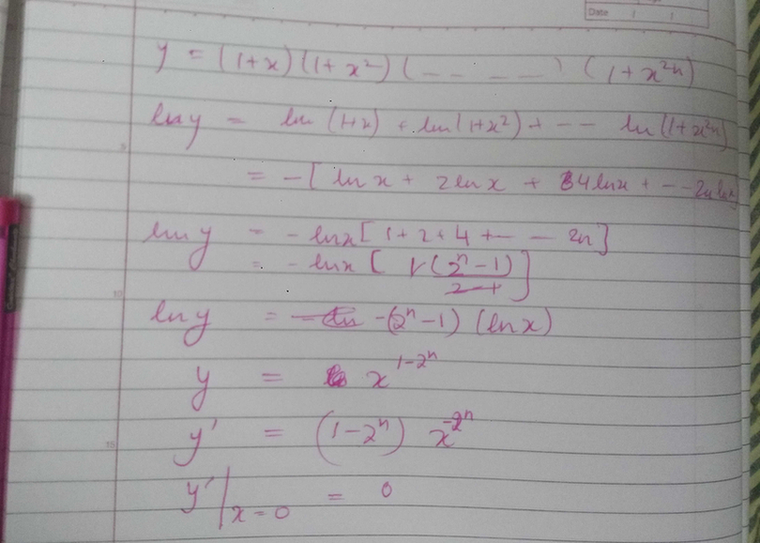



If Y 1x 1 X2 1 X4 1 X2n Then At X 0 Is Equal Scholr
Weekly Subscription $249 USD per week until cancelled Monthly Subscription $799 USD per month until cancelled Annual Subscription $3499 USD per year until cancelledGraph f (x)=x^22x1 f (x) = x2 2x − 1 f ( x) = x 2 2 x 1 Find the properties of the given parabola Tap for more steps Rewrite the equation in vertex form Tap for more steps Complete the square for x 2 2 x − 1 x 2 2 x 1 Tap for more steps Use the form a x 2 b x c a x 2 b x c, to find the values of a a, b bOsculating circle y = 1/x^2 at x = 2;



If Y F 2x 1 X 2 1 And F X Sinx 2 Can You Find Dy Dx Quora



Secure Media Collegeboard Org
\int\frac{1}{x^2 1} \ dx I've tried the substitution method, u = x^2 1 Insights Blog I've tried the substitution method, u = x^2 1, du/dx = 2x But the x variable is still exist Also, the trigonometry substitution method, but the denominator is not in tex\sqrt{x^2 1}/tex form Thanks in advance Huygen Answers and Replies #2 tinytim Science Advisor1 < x < 1 inverse trigonometric functions; Example 3Show thatsin−1 (2x√(1−𝑥2)) = 2 sin1xSolving LHSsin−1 ( 2x √(1−𝑥2) )Putting x = sin θ = sin−1 ("2 sin θ " √(𝟏−𝒔𝒊𝒏𝟐" θ" )) = sin−1 ("2 sin θ " √(𝒄𝒐𝒔𝟐" θ" )) = sin−1 (2sin θ cos θ) = sin−1 (sin 2θ) (As 1 – sin2 θ = cos2 θ)(Using sin 2x = 2 sin x cos x)(Using




Ipe Material Notes




Best Answer If Y 1 1 X 1 X 2 1 X 3 Infinity With X Gt 1 Then Dy Dx Is A X 2 Y 2 B Brainly In
X^ (1/2) WolframAlpha Area of a circle? Explanation lim x→∞ (1 2x)1 x = lim x→∞ eln(12x)1 x = e lim x→∞ln(12x) 1 x as exponential function is continous = eL L = lim x→∞ ln(1 2x)1 x = lim x→∞ 1 x ln(1 2x) = lim x→∞ ln(1 2x) x which is ∞ ∞ indeterminate so we can use L HopitalShare It On Facebook Twitter Email 1 Answer 2 votes answered




If Y Tan 1x 2 Show That X 2 1 2y2 2x X 2 1 2



Lcps Org
Free functions calculator explore function domain, range, intercepts, extreme points and asymptotes stepbystepArea between y = x^2 and x = 1 and x = 3;Solve x1/2x1 2x1/x1 = 5/2
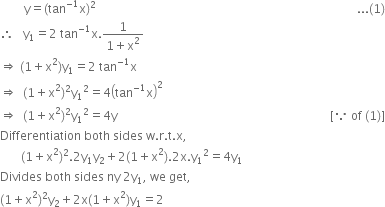



If Y Tan 1 X 2 Then Prove That 1 X2 2 Y2 2x 1 X2 Y1 2 From Mathematics Continuity And Differentiability Class 12 Up Board
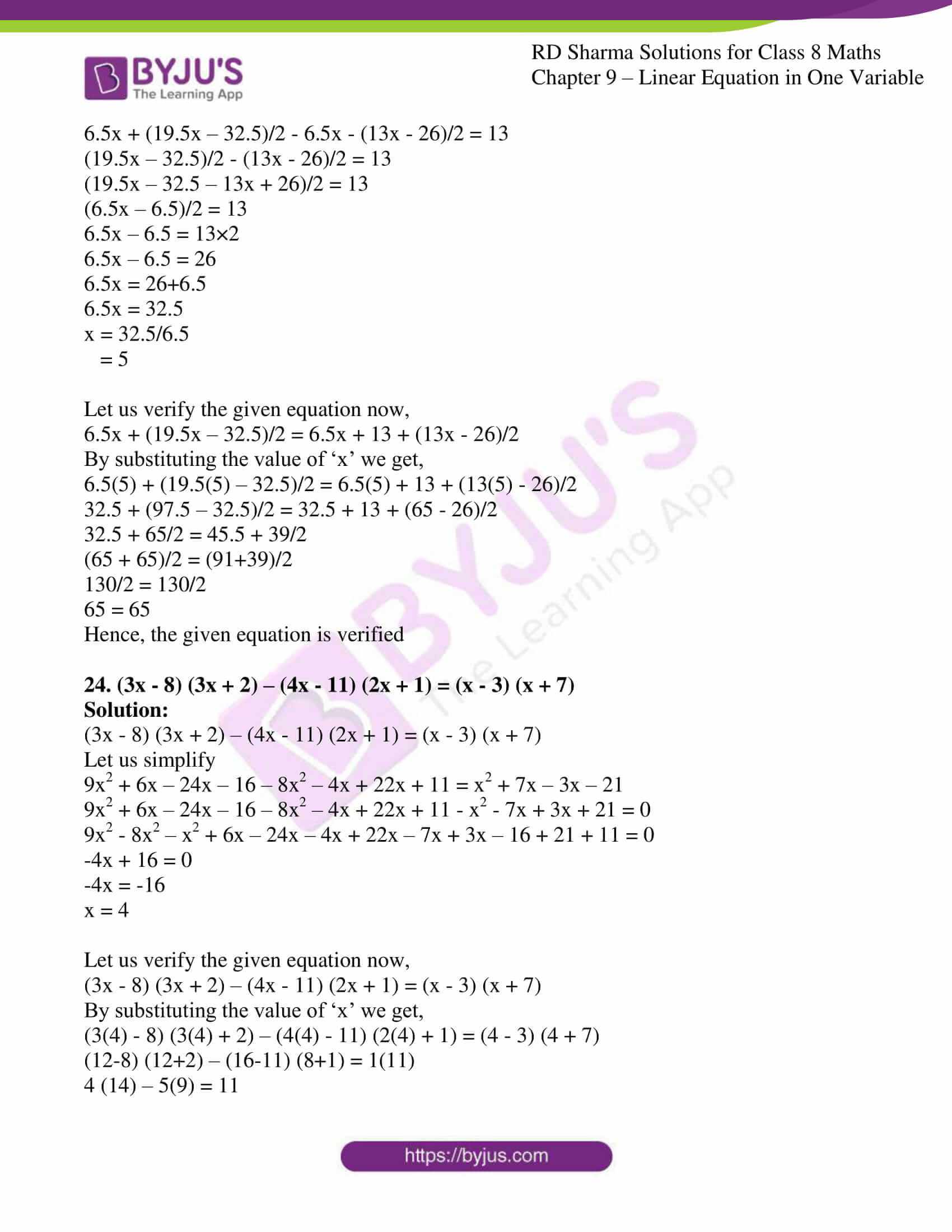



Rd Sharma Solutions For Class 8 Chapter 9 Linear Equation In One Variable Download Free Pdf
Solve for x tan^1 (2x/1x^2) cot^1 (1x^2/2x) = π/3;Is y = 1/x a onetoone function?Expand (x1) (x2) (x3) (x4) \square!




If Y Cos 1 2x 1 X 2 Then Find Dydx
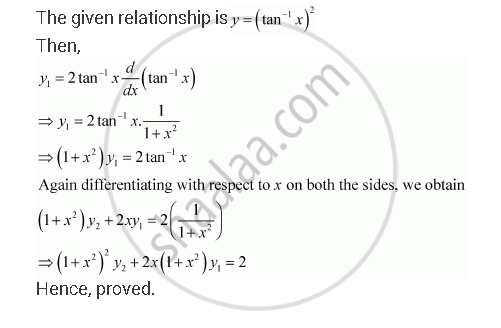



If Y Tan 1 X 2 Show That X2 1 2 Y2 2x X2 1 Y1 2 Mathematics Shaalaa Com
Polar plot r = 1/phi;Extended Keyboard Examples Upload Random Compute answers using Wolfram's breakthrough technology & knowledgebase, relied on by millions of students & professionals For math, science, nutrition, history, geography, engineering, mathematics, linguistics, sports, finance, music WolframAlpha brings expertlevel knowledgeWe can then substitute it into the formula y y 1 = m (x x 1 ) 1 Finding the gradient To find the gradient of the tangent, first find the gradient of the curve where x=1 y = 2x 2 x 1 > dy/dx = 4x 1 When x = 1, dy/dx= 4 (1)1 = 41 = 5 So the gradient of the required tangent is 5 2 Finding a point the tangent passes through We




Algebra Calculator Tutorial Mathpapa




Ex 9 4 11 Find Particular Solution X3 X2 X 1 Dy Dx
Volume of a cylinder?Rearrangement of this gives x^2 2x 3 = 0 Using quadratic equation theory, this then becomes (x 3)(x 1)=0 Any equation that equals zero must have another zero value on the other side of the equation Therefore when y is 0, x is either 3 or 1 Using these two x values, we can work out the y values from the original equations Using the simpler equation y=2x 2, if x is 3 thenThe four terms are 2 x, 1, x, and − 5 In the last step, we also distributed the 2 inside the parentheses on the right side Let's continue simplifying We see that both sides have a 2 x 2 term, so let's subtract 2 x 2 from each side Now let's finish isolating the x We'll add 5 to both sides of the equation, then divide by − 9




If Y Sin 1 2x 1 X 2 Then Dy Dx Is Equal To



Y X 1 X Graph
As you have x2 then 1 x2 will always be positive So y is always positive As x becomes smaller and smaller then 1 1 x2 → 1 1 = 1 So lim x→0 1 1 x2 = 1 As x becomes bigger and bigger then 1 x2 becomes bigger so 1 1 x2 becomes smaller lim x→±∞ 1 1 x2 = 0 build a table of value for different values of x and calculate theEasy as pi (e) Unlock StepbyStep Natural Language Math Input3y=2x1 Geometric figure Straight Line Slope = 1333/00 = 0667 xintercept = 1/2 = yintercept = 1/3 = Rearrange Rearrange the equation by subtracting what is




If Y X X2 1 1 2 M Then Show That X2 1 D2y Dx2 X Dy Dx M2y 0 Mathematics Topperlearning Com 6jd9kell
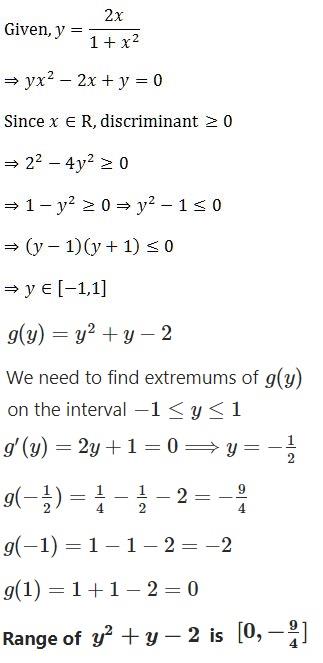



Consider Y 2x 1 X Where X Is Real Then The Range Of Expression Y Y 2 Is A B Find B 4a Please Solve This Quadratic Problem Edurev Class 11 Question
2xy=1 Geometric figure Straight Line Slope = 2 xintercept = 1/2 = yintercept = 1/1 = Rearrange Rearrange the equation by subtracting what is to the right of theHow would you differentiate f (x) = 2x (3x 1)^2 using the chain rule? Ex 62, 7 Show that 𝑦 = log(1 𝑥) – 2𝑥/(2 𝑥) , 𝑥 > – 1 , is an increasing function of 𝑥 throughout its domainGiven 𝑦 = log (1𝑥) – 2𝑥/(2 𝑥) , 𝑥 > –1We need to show that y is strictly increasing function for 𝑥 > –1 ie we need to show that (𝒅𝒚 )/𝒅𝒙 > 0 for 𝒙 > –1Finding 𝒅



If Y F 2x 1 X 2 1 And F X Sin 2 X Then Dy Dx Sarthaks Econnect Largest Online Education Community



Solved If F X 4x 2 3x 2 Evaluate F 1 State The Domain Of The Function F X X 3 X 1 Write The Equation Of The Line That Passes Th Course Hero




Ex 3 2 8 Find X If Y 3 2 1 4 2x Y 1 0 3 2
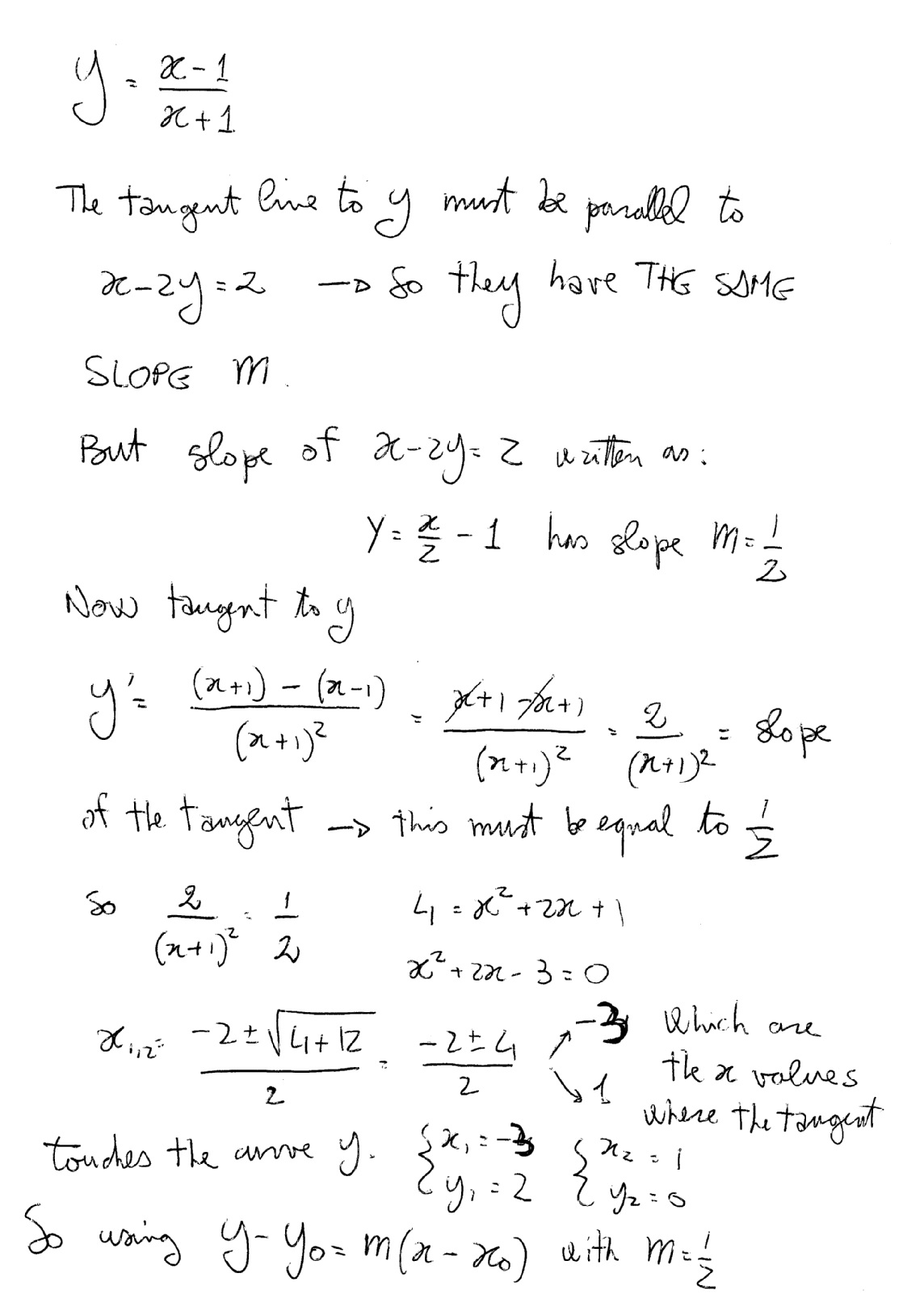



How Do You Find The Equations Of The Tangent Lines To The Curve Y X 1 X 1 That Are Parallel To The Line X 2y 2 Socratic
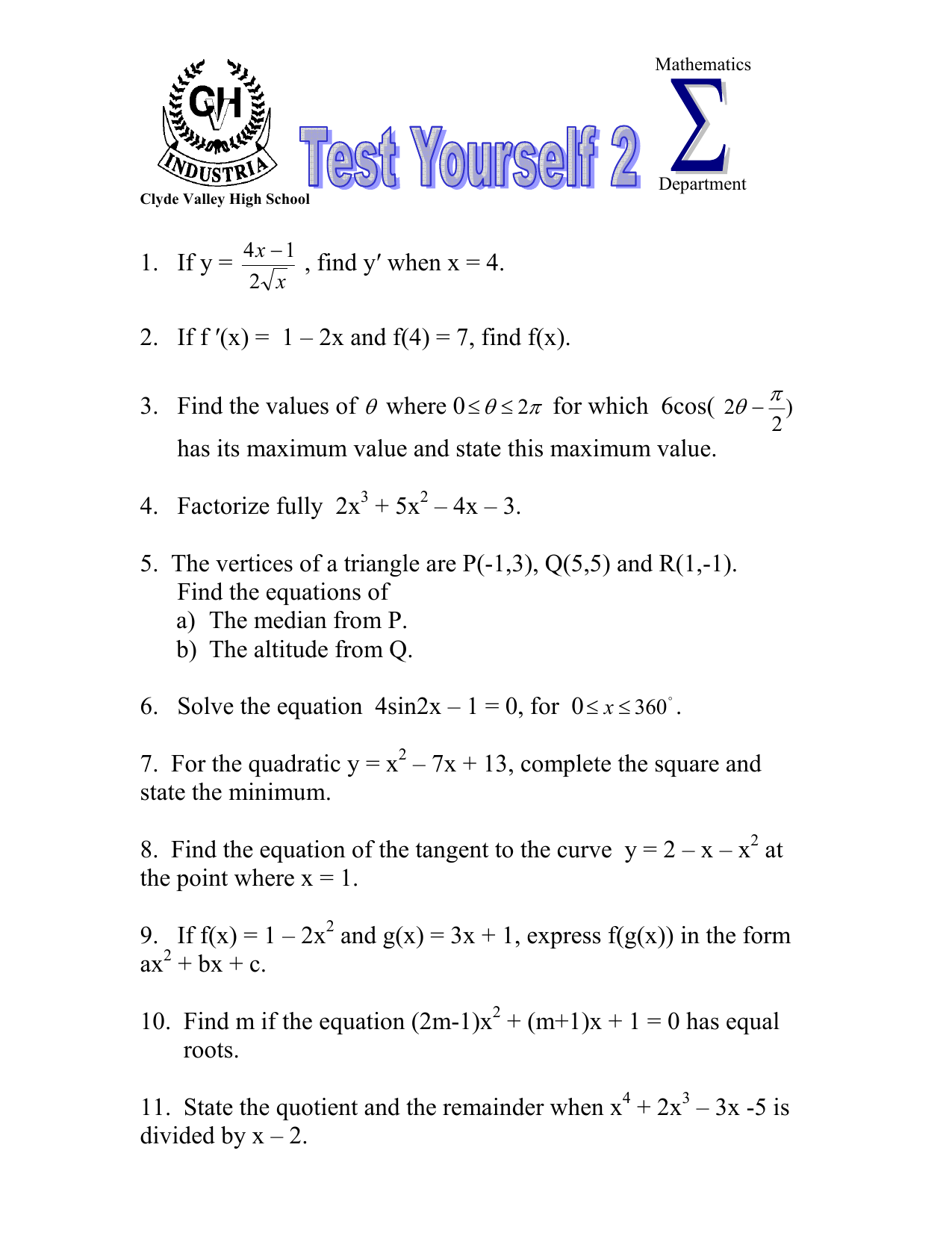



1 If Y Find Y When X 4 2 If F X 1 2x And F 4 7 Find F X




If Y 1 M Y 1 M 2x Show That X2 1 Y2 Xy1 M2 Y Mathematics Topperlearning Com 31vqi0ff




If Y X Is The Solution Of Dy Dx X 2 1 Y 2 Y 0 2 Then Y 3 Homeworklib
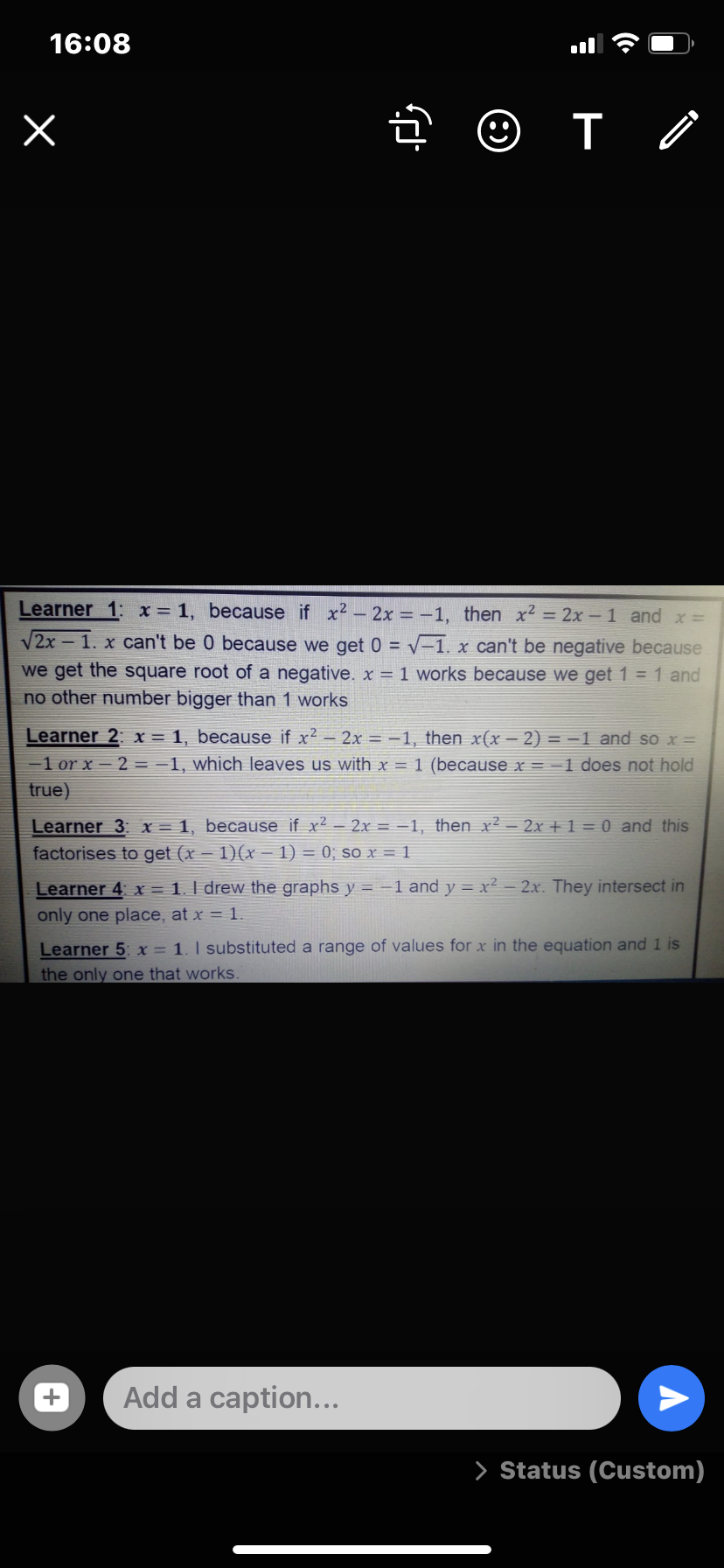



Answered Learner 1 X 1 Because If X2 2x Bartleby




Y Xy 3 1 X 2 1 2 Y 0 1 Harushley




Indefinite Integral Of 1 X Antiderivative Of 1 X Video Khan Academy




Ppt Differential Calculus Powerpoint Presentation Free Download Id
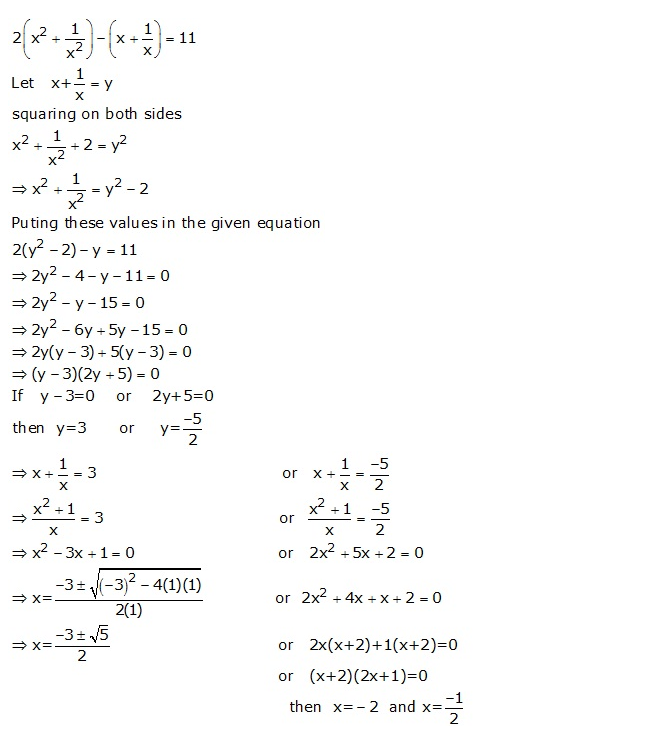



コンプリート 2x 12x 12 ニスヌーピー 壁紙




If Xy Yz Zx 1 Show That X 1 X Y 1 Y Z 1 Z 4xyz 1 X 1 Y 1 Z




9 Hy Log X Vx2 1 Then Cy X 10 S 001sinx Coaxi 1 X 0 F A K 11 If Y N Then Xy 1 1




If X 1 Y Y 1 X 0 Then Prove That 1 X 2 Dydx 1 0
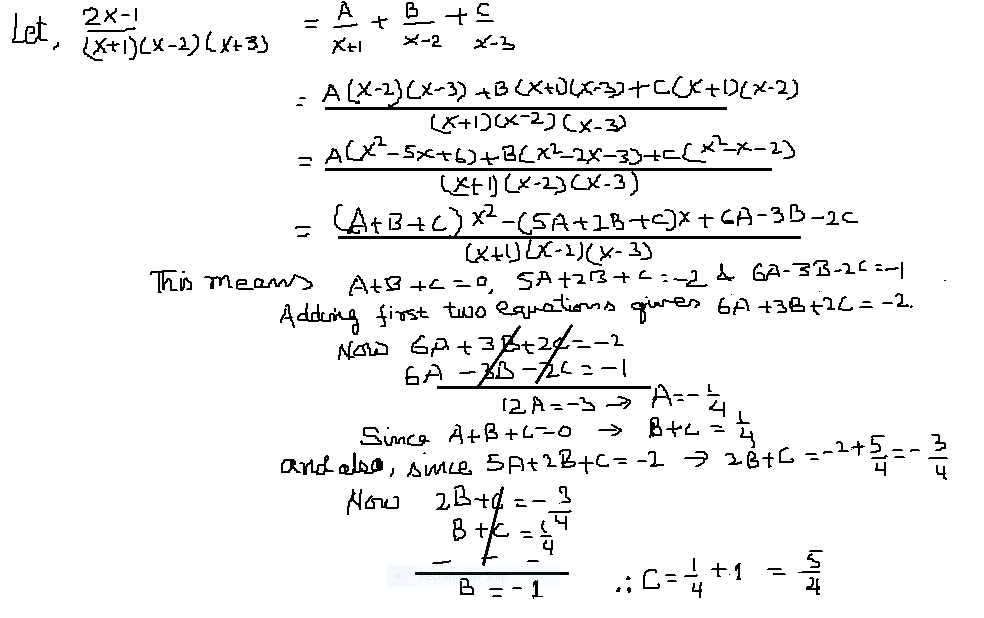



How Do You Integrate 2x 1 X 1 X 2 X 3 Using Partial Fractions Socratic



If Y X 2 1 Log 1 X 1 1 X 2 Find Dy Dx Sarthaks Econnect Largest Online Education Community




If 1 2 2 1 X Y 5 4 Then Value Of Y Is Sample Paper
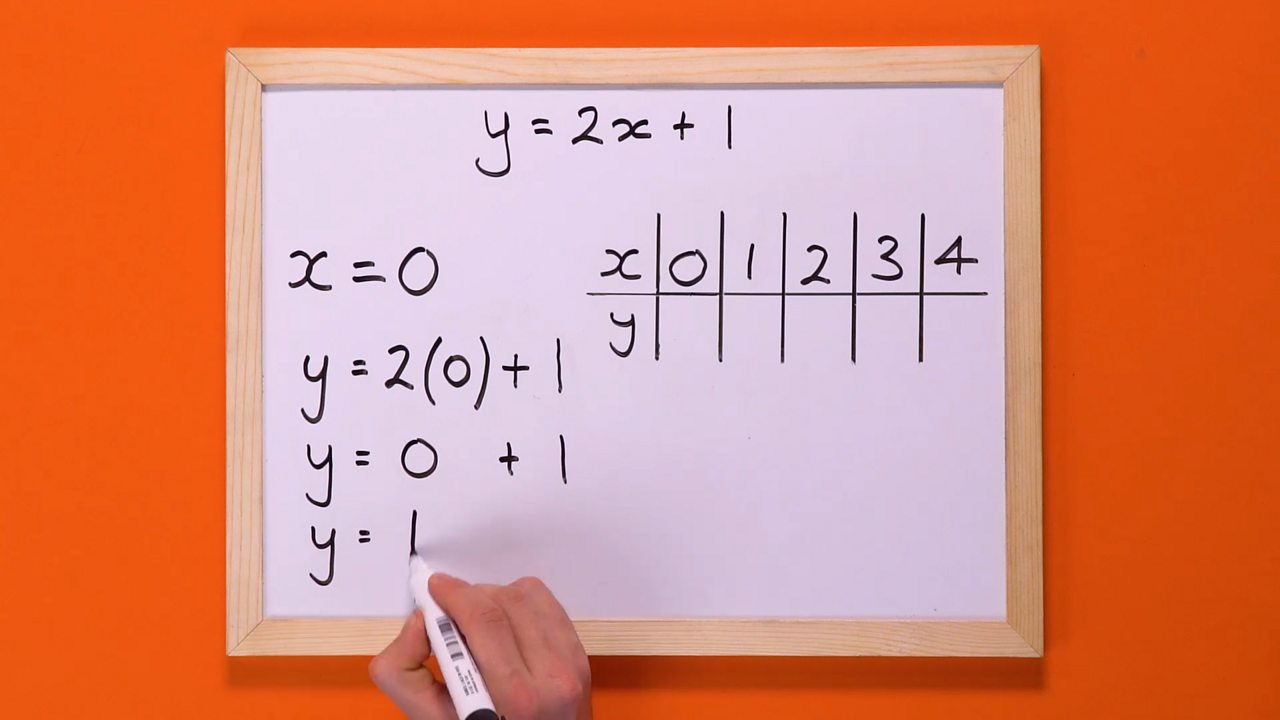



How To Draw A Graph Of A Linear Equation c Bitesize



1




Ex 3 2 11 If X 2 3 Y 1 1 10 5 Find X And Y




Ipe Material Notes



If 2x 2 2y 2 2x 2y 1 0 Then What Is The Value Of X Y Quora



What Is The Y Intercept X Intercept Range Horizontal Asymptote Vertical Asymptote And Domain Of This Inverse F X X 1 2x 6 Quora



If Y 1 1 X 2 1 1 X 2 Then Dy Dx Is Sarthaks Econnect Largest Online Education Community



1




32 Simplify A X 3 X 4 B 3 2x 4 X C 1 2x 1 3x 33 Find X If 3x 6 Homeworklib



If Y X Is The Solution Of The Differential Equation Dy Dx 2x 1 X Y E 2x X 0 Where Y 1 1 2 E 2 Then Sarthaks Econnect Largest Online Education Community
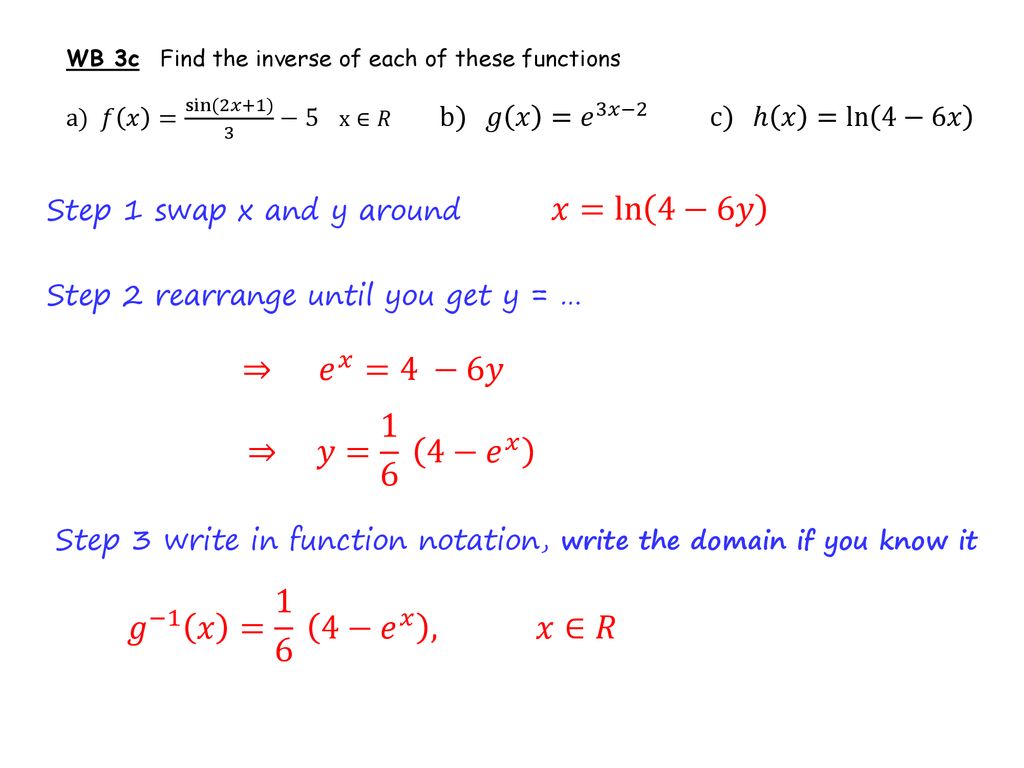



Functions Inverses Ppt Download
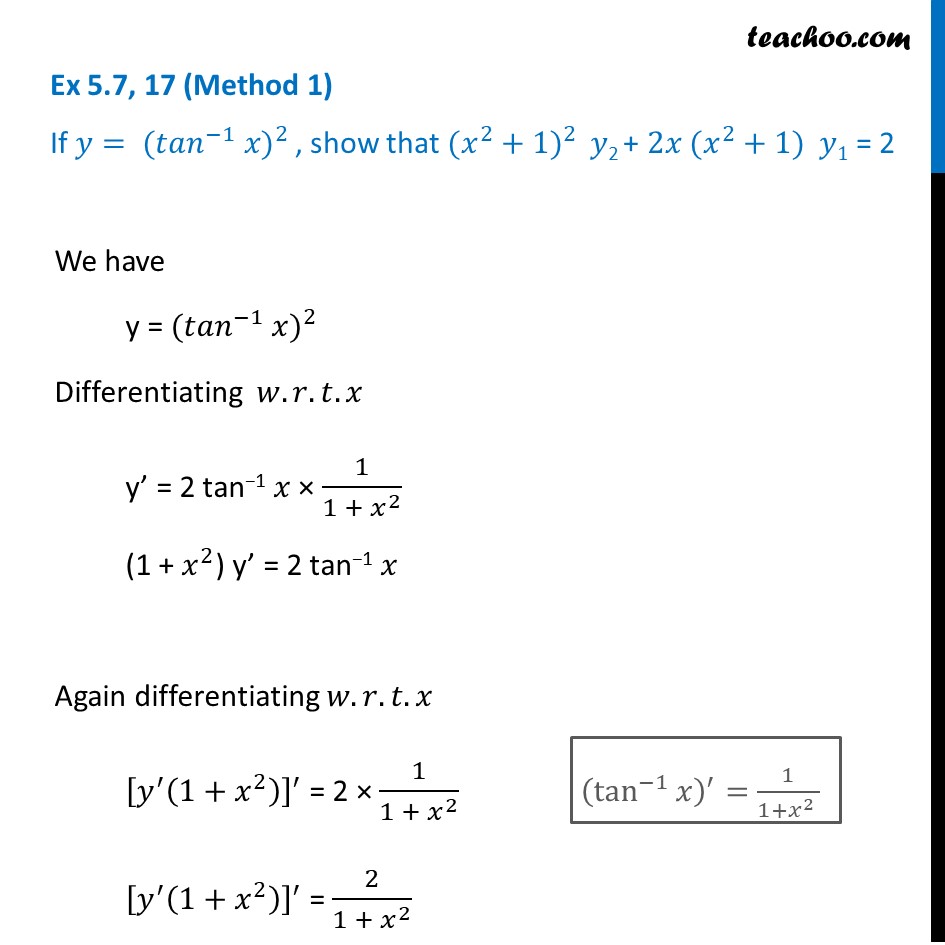



Ex 5 7 17 If Y Tan 1 X 2 Show X2 1 Y2 2x X2 1




If X 3 2x 2y 2 5x Y 5 0 And Y 1 1 Then A Y Prime 1 4 3 B Y 1 4 3 C Y 1 8 22 27 D Y Prime 1 2 3




Ppt Download




If Y Sin 1 2x 1 X 2 Sec 1 1 X 2 1 X 2 0ltxlt1 Prove That Dy Dx 4 1 X 2 B X 1




If Y X X 1 X 2 Then Dy Dx Is Brainly In




If Log Y Tan 1x Show That 1 X2 Y2 2x 1 Y1 0 Maths Continuity And Differentiability Meritnation Com




Ex 5 3 9 Find Dy Dx In Y Sin 1 2x 1 2x2 Chapter 5




Courses Maths 2u 08 Mathematics Notes Pdf Quadratic Equation Function Mathematics
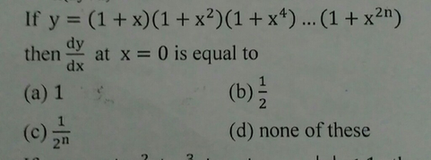



If Y 1x 1 X2 1 X4 1 X2n Then At X 0 Is Equal Scholr




Solutions Of System Of Nonlinear Equations Newtonraphson Example
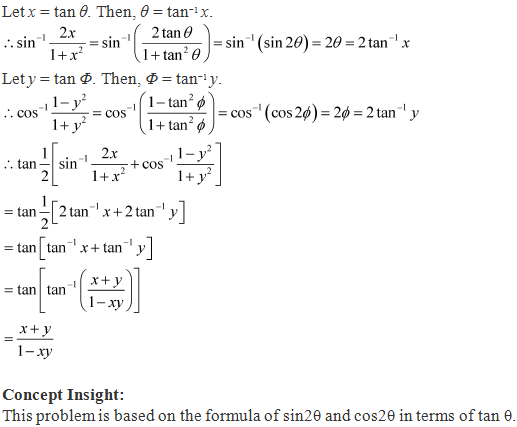



Tan1 2 Sin 1 2x 1 X 2 Cos 1 1 Y 2 1 Y 2 X Y 1 Xy If X Lt 1 Y Gt 0 And Xy Gt 1 Mathematics Topperlearning Com Exkwfcdd
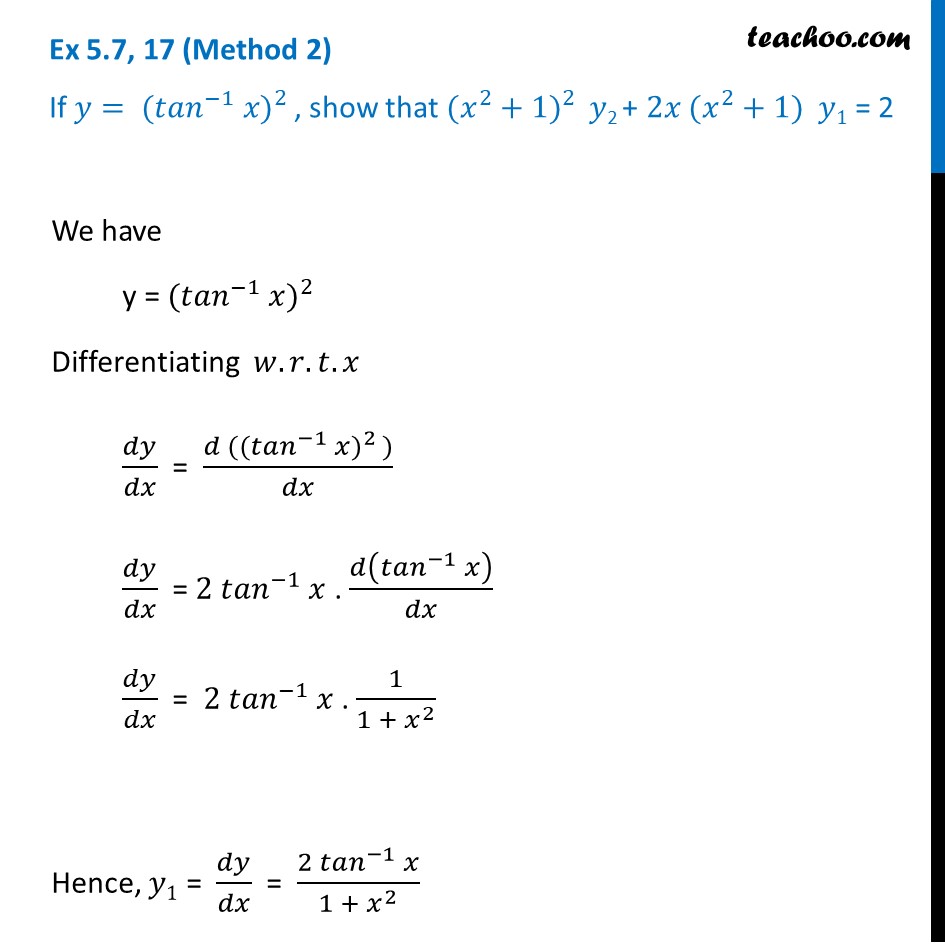



Ex 5 7 17 If Y Tan 1 X 2 Show X2 1 Y2 2x X2 1




Content Newton S Method




Ipe Material Notes




Functions Inverses Ppt Download




If Y X Is Solution Of Differential Equation Satisfying Dy Dx 2x 1 X Y E 2x Y 1 1 2e 2 Then A Y Log E2 Log E2 B Y Log E2 Log E2 4 C Y X Is Decreasing Is 0 1 D Y X Is Decreasing Is 1 2 1
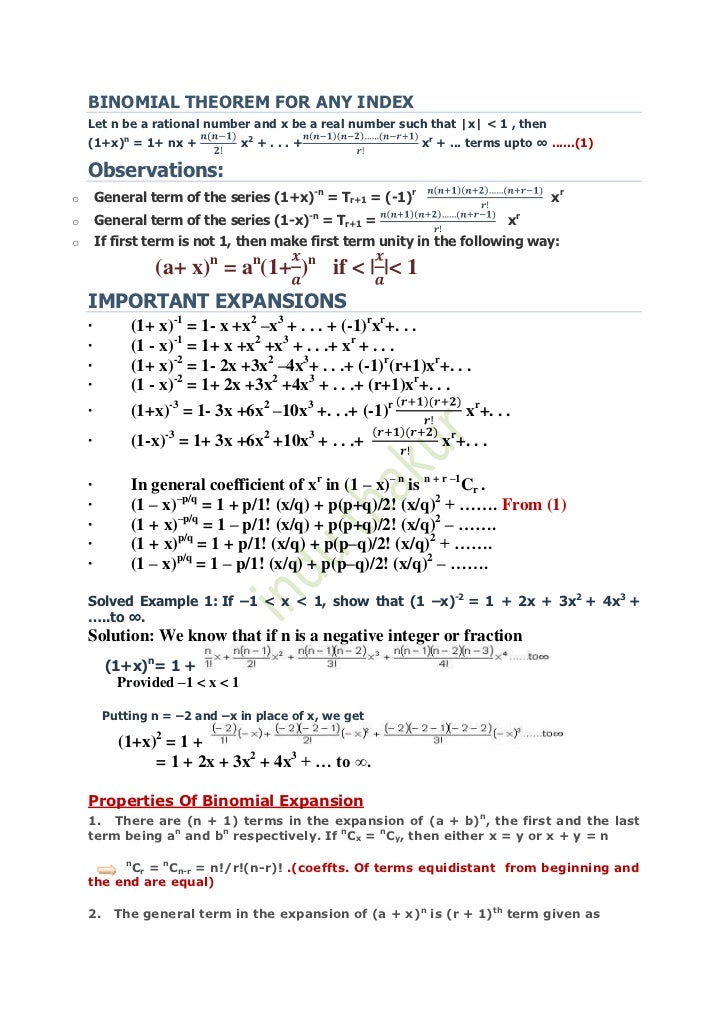



Binomial Theorem For Any Index
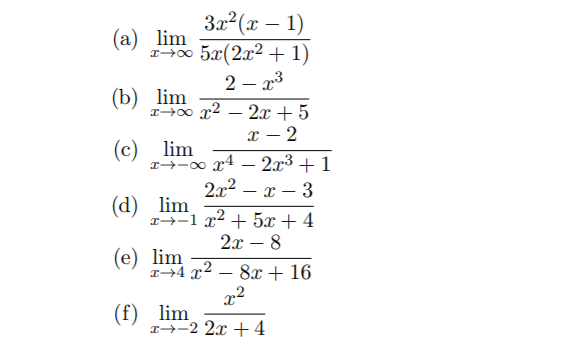



コンプリート 2x 12x 12 ニスヌーピー 壁紙
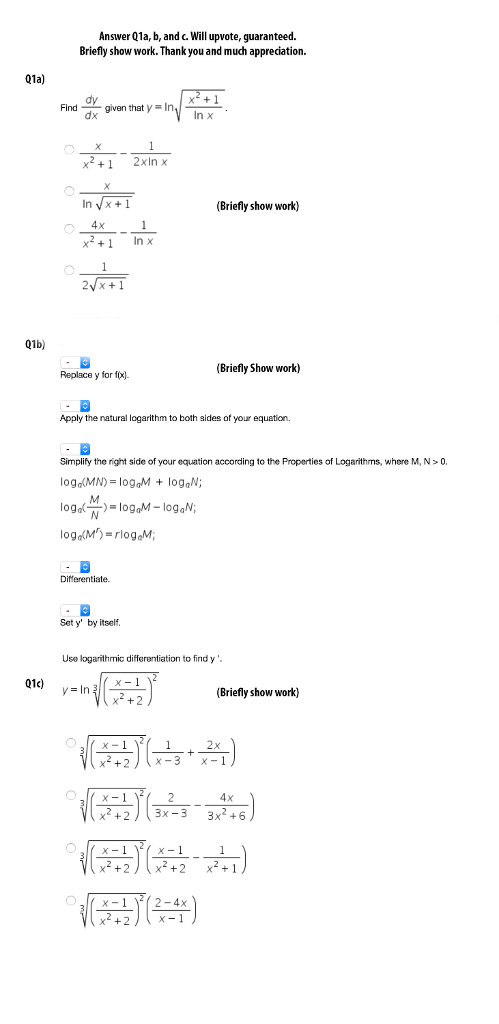



Solved Find Dy Dx Given That Y Ln Squareroot X 2 1 Ln X Chegg Com



Princeton Edu



Multiplicative Inverse Wikipedia
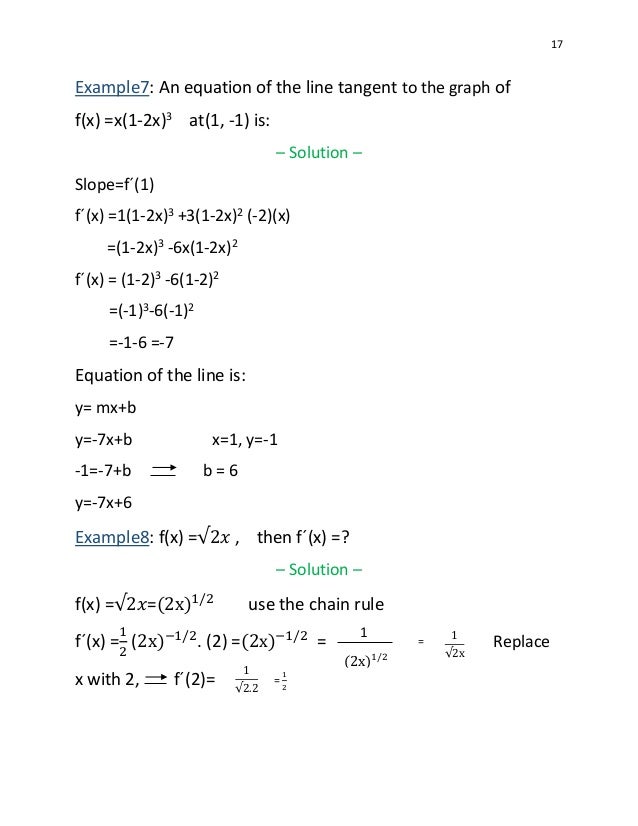



Calculusstudyguide
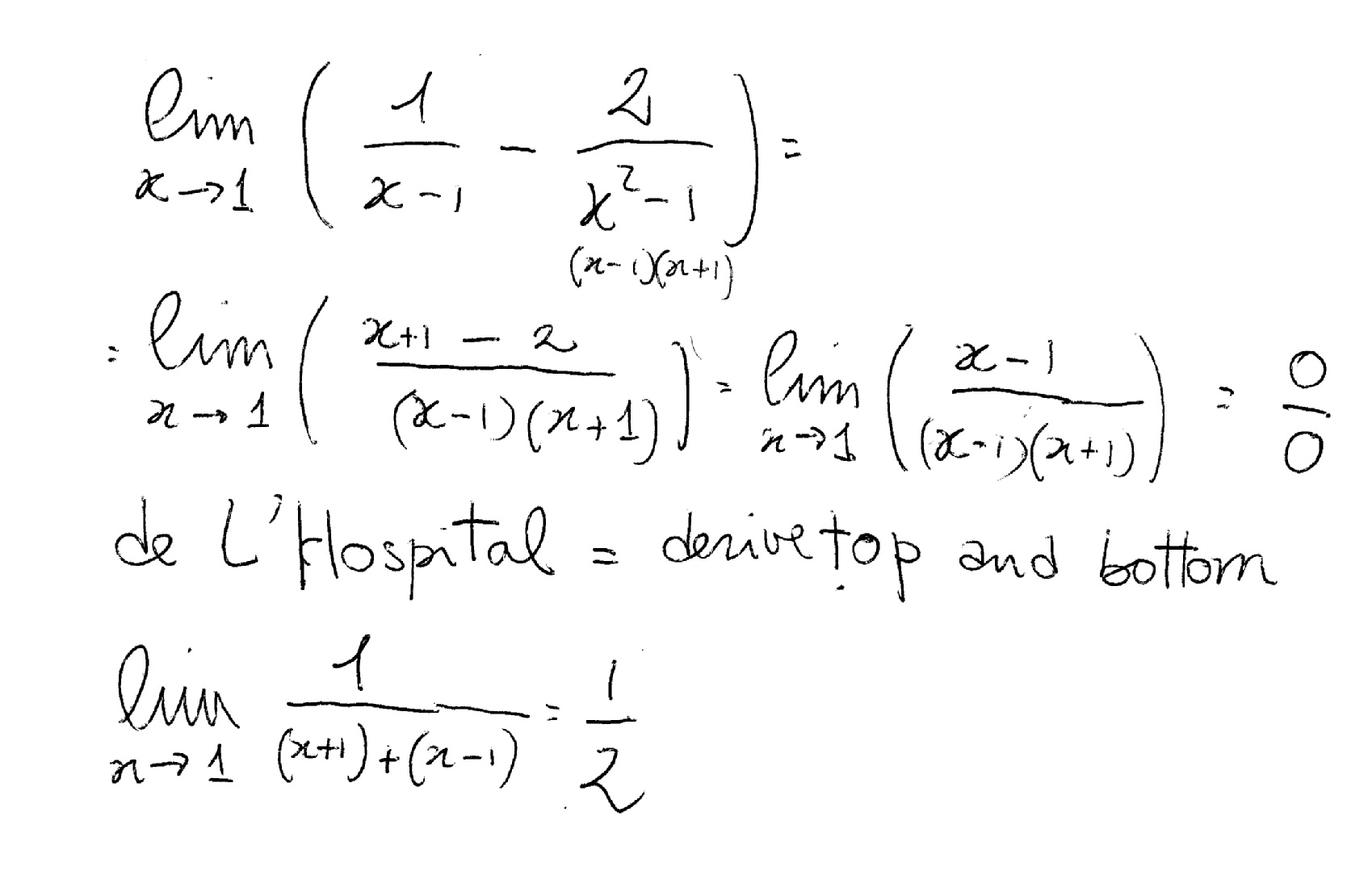



What Is The Limit Of 1 X 1 2 X 2 1 As X Approaches 1 Socratic




Answers To The Review Problems For The First Exam 251 05 10 In Spring 06




Solved Find The Value Of X And Y If Y 2 2x 1 X 1 Y 2 Chegg Com




Ex 5 7 16 If E Y X 1 1 Show That Y Y 2 Teachoo



If 2x 3y 6 Z Then Prove That 1 X 1 Y 1 Z 0 Jsunil Tutorial Cbse Maths Science




If Y Tan 1 X 2 Prove That 1 X2 2y2 2x 1 X2 Y1 2 Explain In Great Detail Mathematics Topperlearning Com Z68xug




How To Find Value Of K If X 2 And Y 1 In A Equation 2x 3y K Using Substitution Method Youtube




Y Xy 3 1 X 2 1 2 Y 0 1 Harushley




Please See This Question If X 2 X 1 Y 2 Y 1 X 2 X 1 Y 2 Y 1 Show That Xy 1 Mathematics Topperlearning Com V5k62qhh
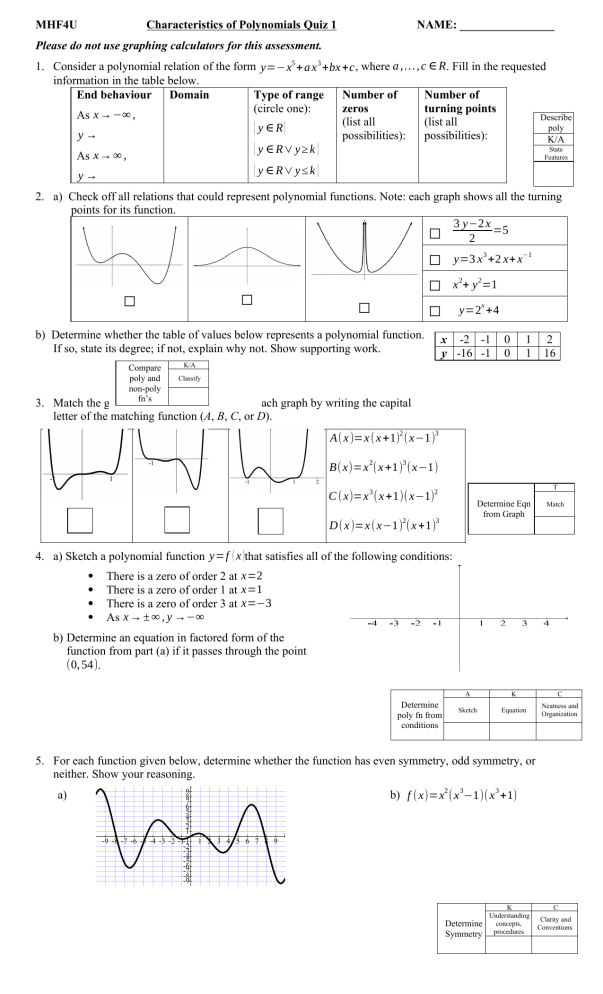



Polynomial Quiz




Extra Notes On Slides Ch 1 1 Numbers
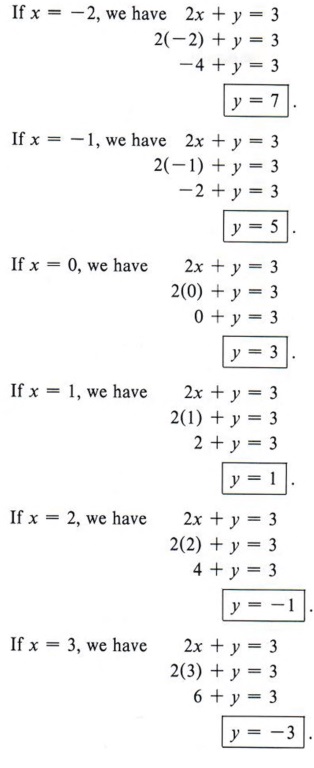



Graph Graph Inequalities With Step By Step Math Problem Solver




If Y 5x 1 X 2 1 3 Sin 2 2x 3 Find Dy Dx Youtube



1
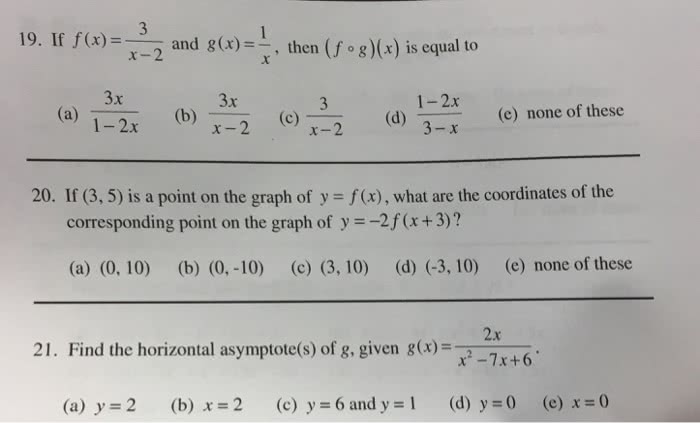



Oneclass If F X 3 X 2 And G X 1 X Then F Compositefunction G X Is Equal To A 3x




If Y Tan 1 2 X 1 2 2x 1 Then Dy Dx At X 0 Is Youtube



Find Dy Dx Y Sin 1 2x 1 X 2 1 2 X 1 2 Sarthaks Econnect Largest Online Education Community




最も好ましい Y Sin 1 2x 1 X 2 If Y Sin 1 2x 1 X 2 Then Which Of The Following Is False Nyosspixmags
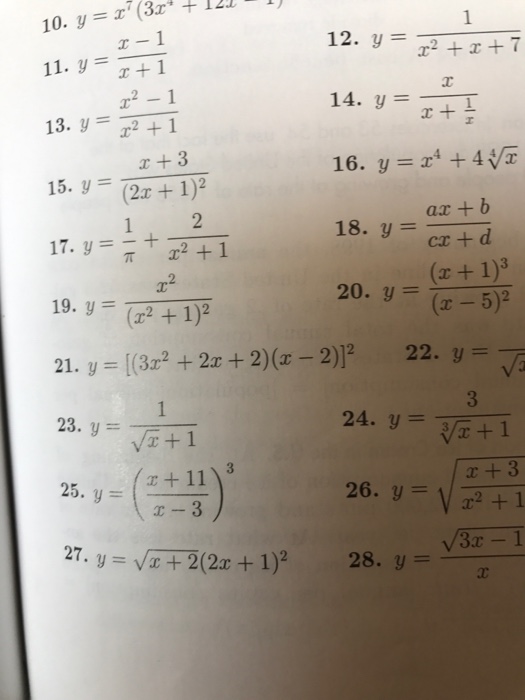



Solved Y X 1 X 1 Y X 2 1 X 2 1 Y X 3 2x Chegg Com




Solved 25 F X 1 Ifx So X 1 If X 0 26 F X Chegg Com




If Y Cosec 1 2x 1 X 0 Lt X Lt 1 2 Then Find Dy Dx Brainly In
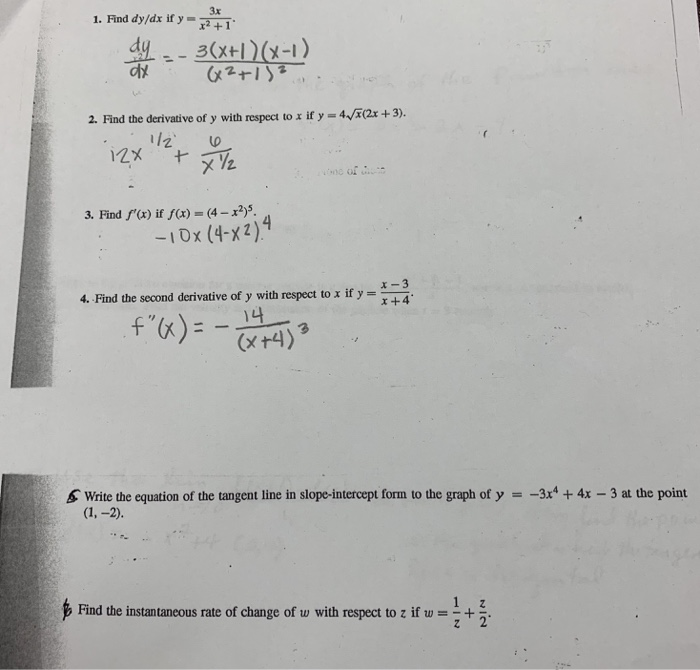



Solved 3x 1 Find Dy Dx I 2 Find The Derivative Of Y With Chegg Com




Solve X X 1 Dy Dx X 2 Y X3 2x 1 Maths Application Of Derivatives Meritnation Com


